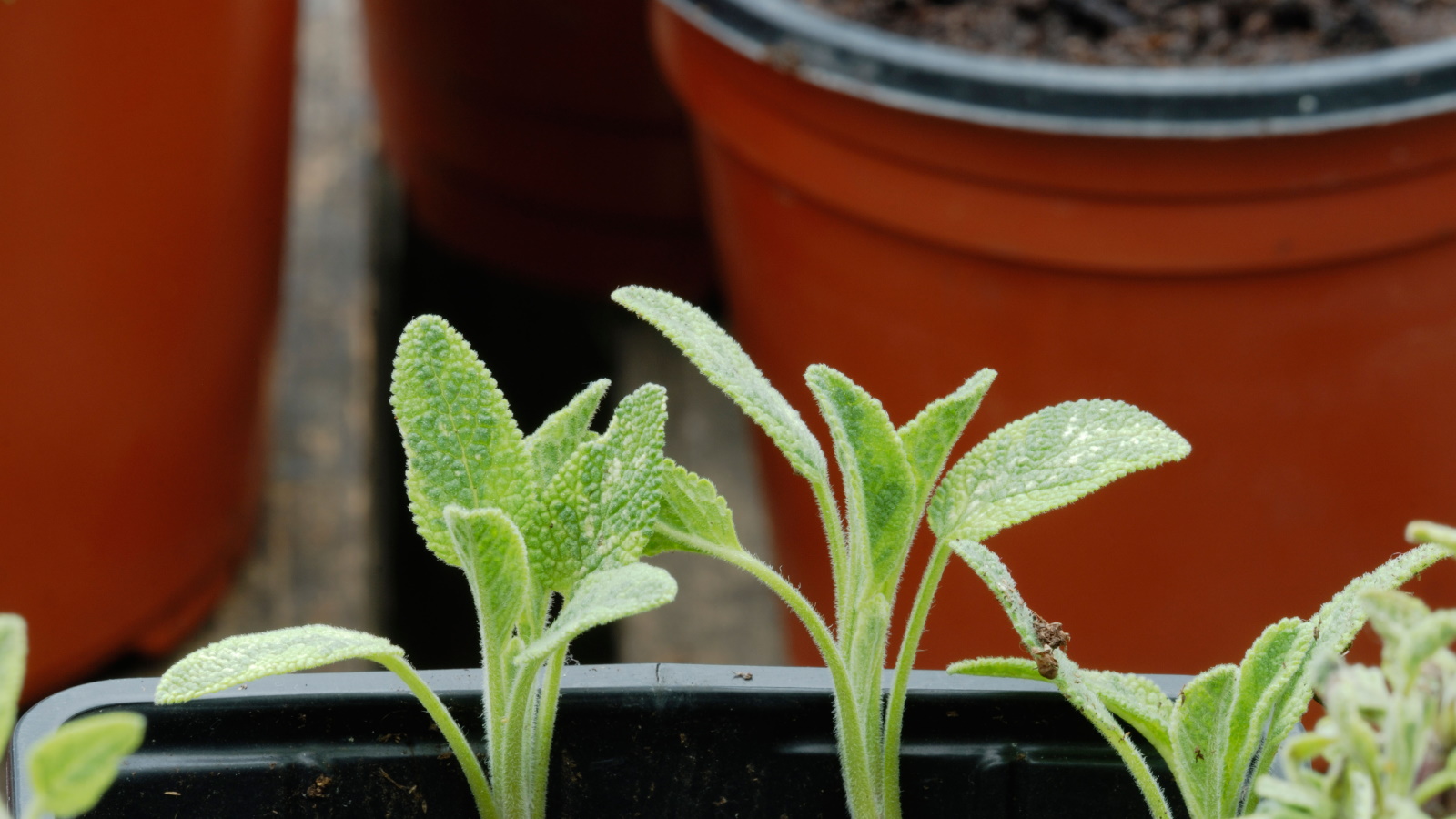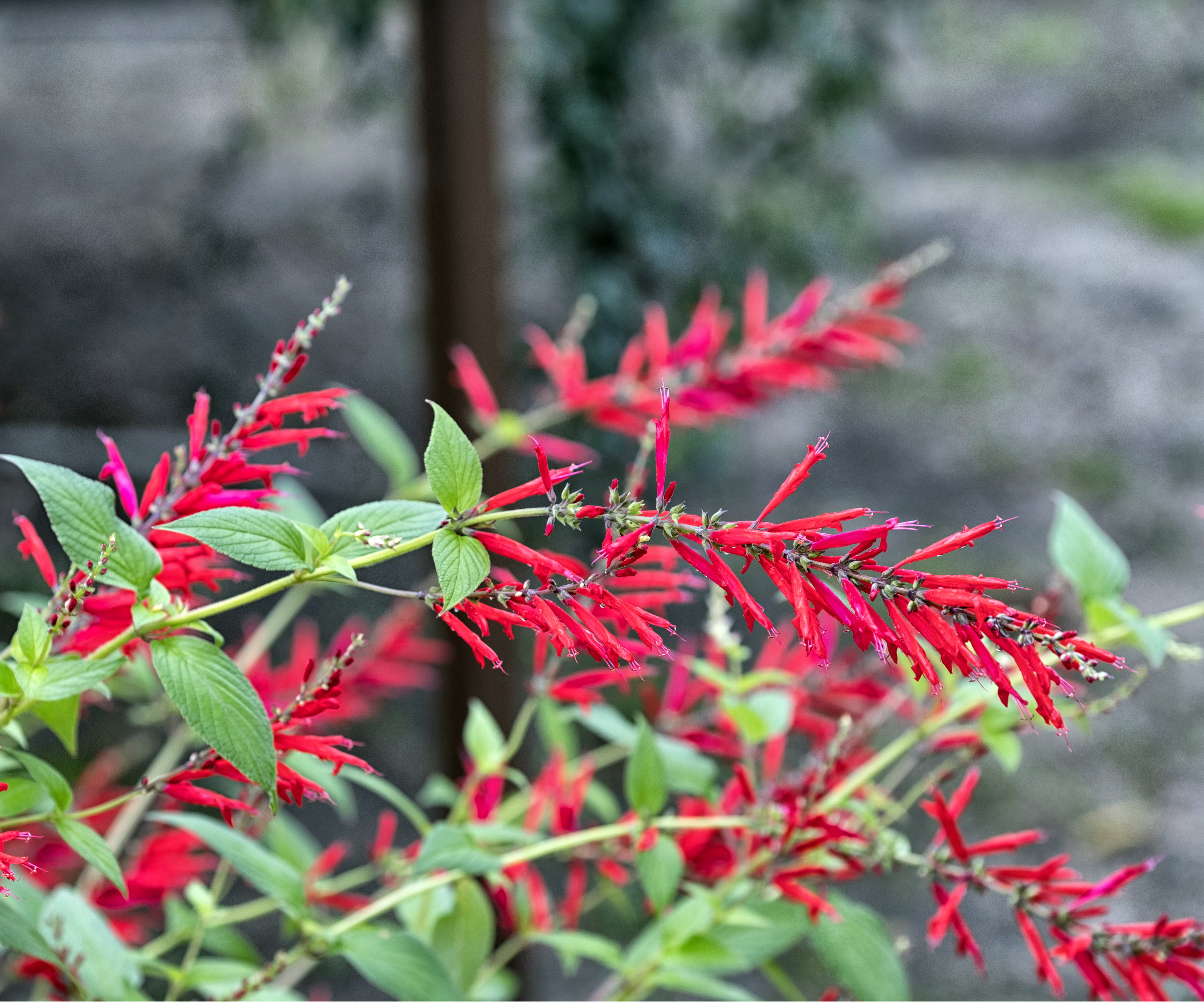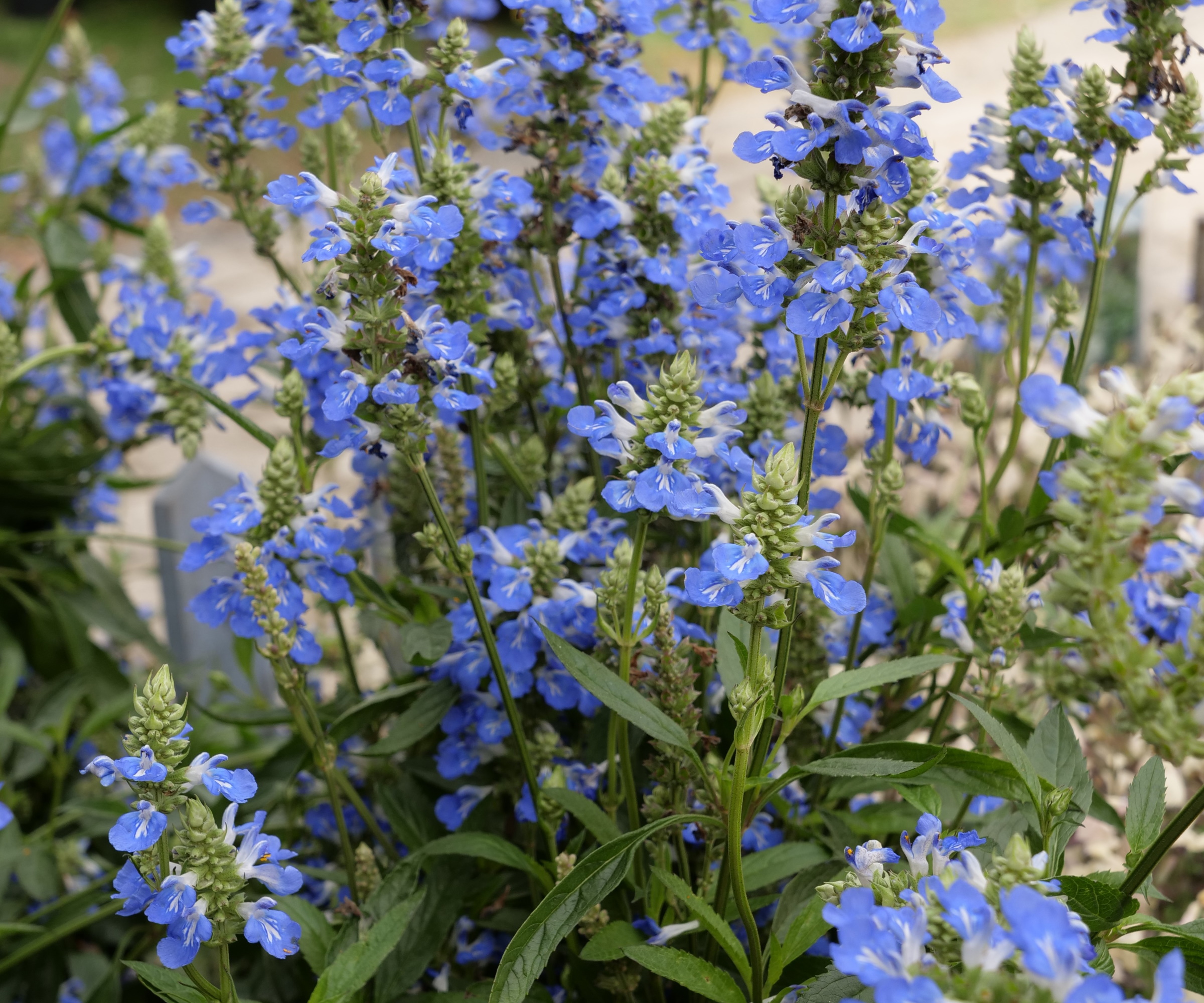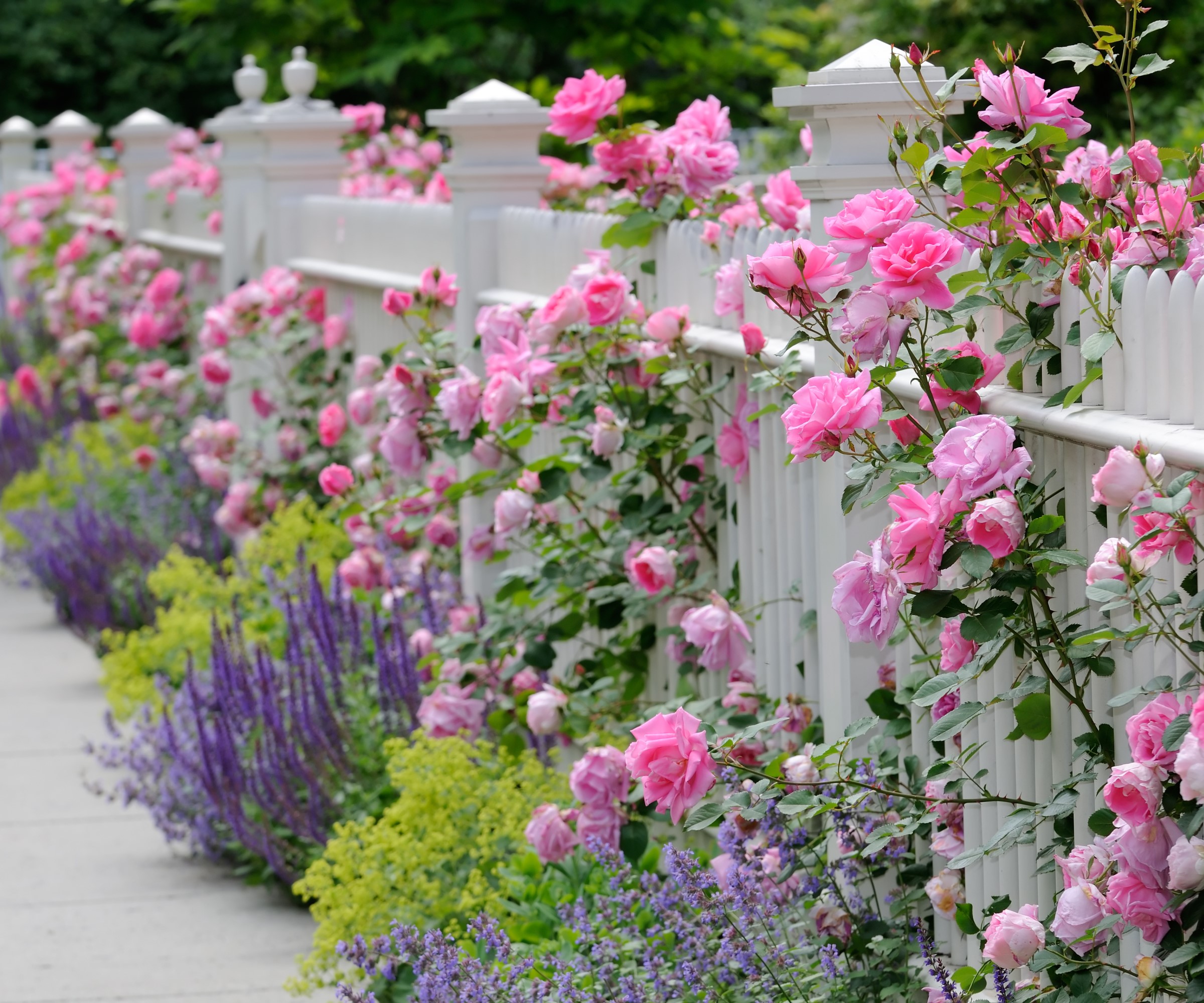
Salvia are reliable and resilient perennial plants. The Salvia - or sage - genus is the largest plant group in the mint family, Lamiaceae, and is made up of many different species from all over the world. From salvias that thrive in hot and dry regions to salvias that grow best along damp and shady riverbanks, there is a plant to suit almost any conditions.
When considering why gardeners should grow salvia, I do not think there is any better perennial to plant for long-lasting, pollinator-friendly blooms. I have worked as a professional gardener in the UK and Italy, growing and propagating many different species of salvia. One of my favorite salvias to grow is pineapple sage, Salvia elegans, seen in the image below. With fragrant fruit-scented foliage and bright red tubular flowers - this plant would suit a vibrant, colorful summer border.
While you might already know how to grow salvias, learning how to take plant cuttings is a great way to grow your perennial collection for free. Here, I share all the information you need to successfully take softwood salvia cuttings this year.

How to propagate salvia
Salvias are often considered some of the best perennials. Learning how to propagate salvia plants is an easy way to create more plants for your borders.
Taking cuttings is guaranteed to produce new perennials that are identical to the parent plant, with blooms in the same shape and color. This is not always the case when you grow salvia from seed, as cross-pollination with other plants can result in unexpected hybrid flowers.
When to take salvia cuttings

With their vibrant blooms and a range of colors, salvias are ideal plants for pollinators that help to fill borders with long-lasting and impactful flowers. There will be a salvia species suitable for your yard.
For example, Salvia nemorosa 'Caradonna' has beautiful purple blooms and thrives in both cool and warm places, suitable for growing from US hardiness zone 3 to US hardiness zone 9.
Taking salvia cuttings is relatively straightforward, and learning how to propagate salvia can help make plenty of new perennials for your yard. The best time to take softwood cuttings of most salvia plants is in spring or early summer.
Typically, the best time to take salvia cuttings would be in May or June, depending on the weather. I would caution against taking cuttings during the high heat of summer, as they are likely to struggle. In my experience, spring cuttings have a better chance of success.
If you do not have any salvia plants growing in your yard, consider buying some salvia starter plants, available to order online from Walmart.
How to take salvia cuttings

- Using clean, sharp tools, such as these pruning shears from Amazon, take a handful of cuttings from non-flowering stems approximately 4 to 6 inches in length, cutting just below a leaf node.
- Remove the lower leaves from your salvia cuttings, leaving only 1 or 2 small leaves at the top of each stem.
- Dip the bottom inch of each cutting into water, before dipping in rooting hormone powder. While this is not essential, doing so can encourage each cutting to produce roots.
- Place 4 to 6 cuttings in the same small container, no bigger than 4 inches in diameter. I tend to use good-quality potting soil combined with a few handfuls of grit or perlite to improve drainage.
- Carefully water your container, before placing a small, clear plastic bag over the pot. Use an elastic band or garden twine to tie and seal this makeshift greenhouse.
- Once ready, place your pot in a shaded, sheltered spot in the yard, either in a cold frame or a cool greenhouse. Avoid placing the container in direct sunlight.
- In 3 to 4 weeks, roots will begin to develop. You can then replant individual cuttings into small pots for them to continue growing.
Shop propagation accessories
These Felco snips are ideal for all pruning jobs. They are designed to offer optimum comfort and effective pruning for all smaller and thinner stems.
These vases are ideal for plant cuttings, giving young plants a place to get started or simply to use as a display vase indoors.
This rooting powder helps with quick root development from cuttings. Simply dip the end of a cutting into the powder and watch your plant grow.
FAQs
Can I grow salvia cuttings in water?
Yes, you can root salvia cuttings in water. Following the same approach as above, take salvia cuttings that are 6 to 8 inches in length. Strip the lower part of the stem and place them in a clear vase. After a few weeks, you will begin to see roots developing in the water.
Taking salvia cuttings is an easy way to grow your perennial collection. This can be particularly useful if you have recently moved into a new home or perhaps you only have one salvia plant and want more. It is effective to repeat plants through borders, and doing so will help to create impactful and colorful planting combinations.
For more propagation information, see our guide on how to propagate crepe myrtle or how to propagate star jasmine.







